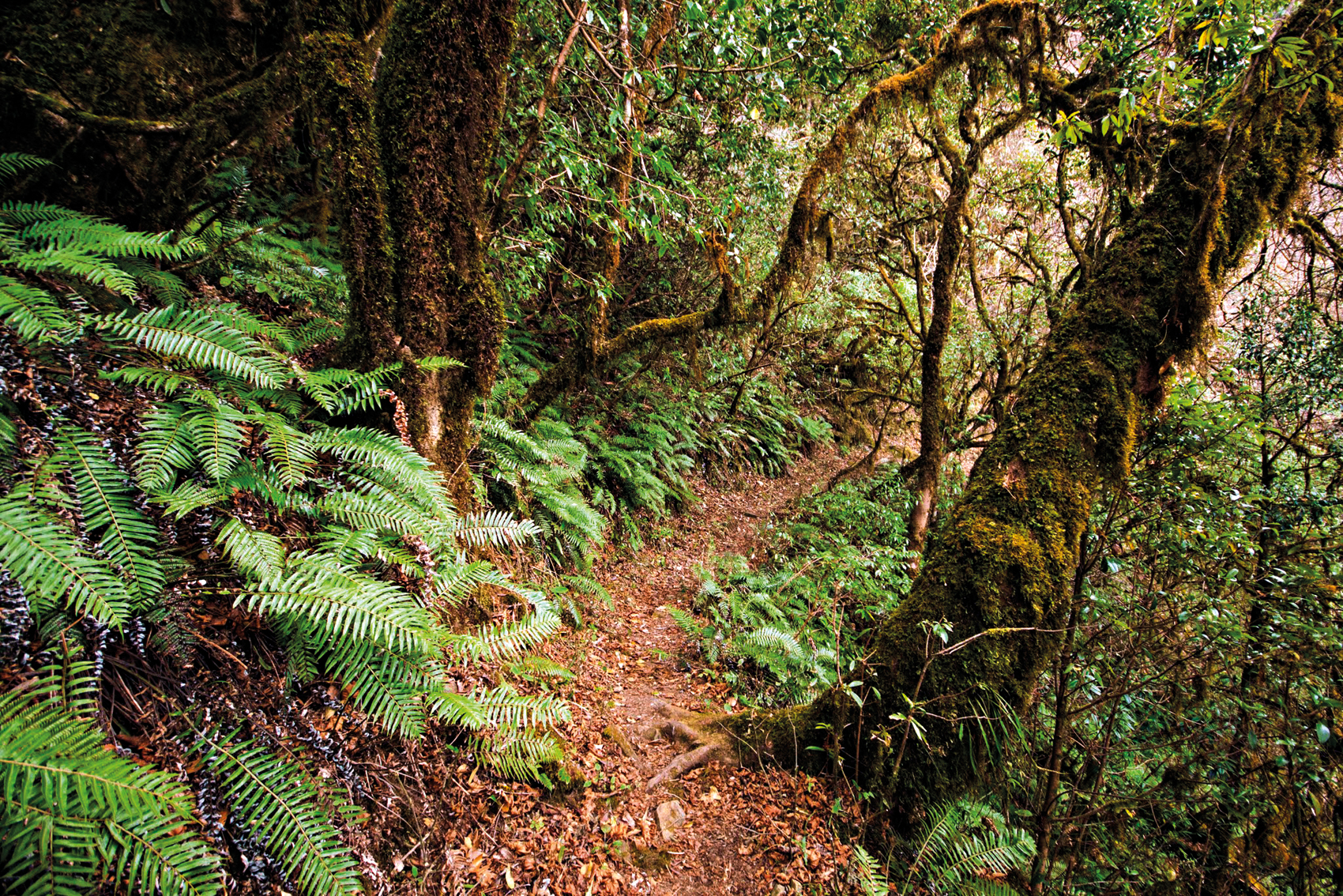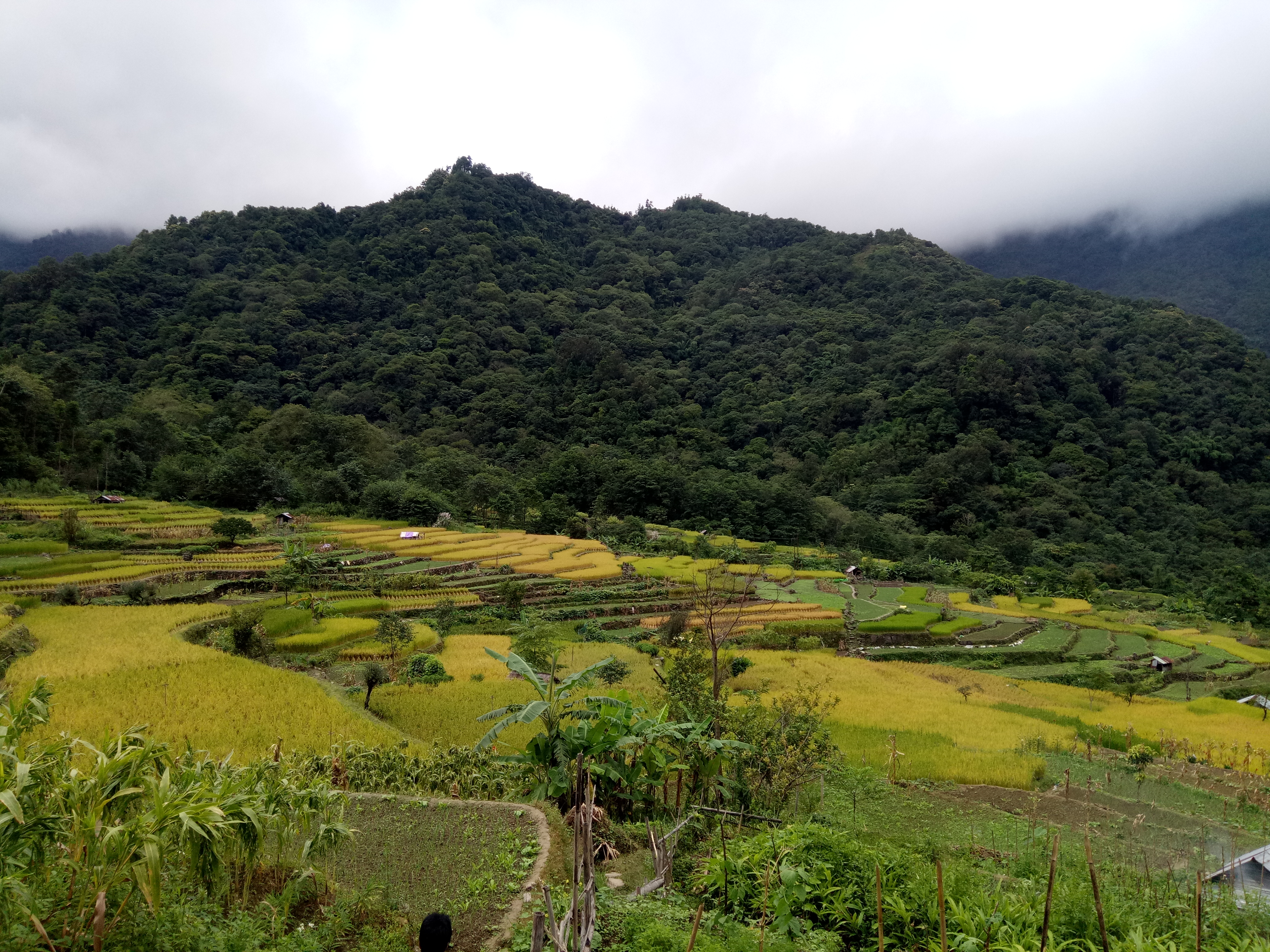Khonoma And The Angami
First published in Sanctuary Asia,
Vol. 40
No. 10,
October 2020
By Divya Kilikar
West of Kohima, Nagaland, lies one of the most untouched rainforests in the state, safeguarded passionately by an indigenous community that has lived within its folds for centuries. The Khonoma Nature Conservation and Tragopan Sanctuary (KNCTS) was created in December 1998 by the Angami villagers of Khonoma, and has been entirely managed by the community since then.
“At the time, conservation was a foreign idea to us. As a community, we hadn’t needed to ‘conserve’, we simply lived with nature as we always had for generations,” says Tsilie Sakhrie. The 77-year-old community member who had previously been a social worker until the late 90s initiated the establishment of the sanctuary when he became part of the village council in 1995. A relative, the Principal Secretary of Nagaland’s Department of Environment at the time, had encouraged him to build a community reserve when development agendas began encroaching upon forests, and Khonoma’s virgin forest was likely to be adversely affected. Earlier in the 90s, villagers resisted timber loggers who arrived with elephants in tow.
Additionally, the notification of a sanctuary was to encourage the Angami to move away from their traditional hunting practices, especially to protect the Blyth’s Tragopan or Grey-bellied Tragopan Tragopan blythii, categorised as ‘Vulnerable’ by the IUCN Red List. The bird’s range included Northeast India, Bhutan, parts of Myanmar, Tibet and China. In 2012, tragopan numbers were roughly estimated at 2,500-10,000. A fine of Rs. 3,000 was laid upon those found guilty of hunting wildlife, but successful community involvement has now led to a situation where cases of hunting are extremely rare. Having moved past this age-old tradition quite on their own is a huge win for the Angami.
Ecological studies of the region were quick to note the immense biodiversity of the area – 72 species of mammals were recorded, including the tiger, leopard, serow, binturong, Asiatic black bear, otter, jungle cat, barking deer and Himalayan striped squirrel. As of now, around 200 species of birds have been recorded too, including the Mountain Bamboo Partridge, Crested Finchbill, Assam Laughingthrush, Striped Laughingthrush, Spot-breasted Scimitar Babbler, Flavescent Bulbul and Naga Wren-babbler – many of which have a very limited range, often nothing more than small, fragmented parts of Southeast Asia, with declining populations.
 The Khonoma forests host a stunning biodiversity, including over 72 mammal and 200 bird species.Photo: Saurabh Sawant.
The Khonoma forests host a stunning biodiversity, including over 72 mammal and 200 bird species.Photo: Saurabh Sawant.
The sanctuary is nestled in the northern foothills of the breathtaking Barali mountain range, one of the tallest in Nagaland. While the sanctuary is only 25 sq. km., the actual forest sprawls over 123 sq. km., and the community has chosen to ban hunting across the entire stretch of the forest.
“My village is over 550 years old. There are about 640 houses here, with a resident population of 6,000 people, and I think we live in one of the best rainforests in the country,” says Tsilie, proudly. “Of course, there are a handful of people who don’t agree with the banning of our hunting traditions, but nearly all of us are dedicated to protecting our forest. We have a team of 20 able village youth who regularly patrol the land,” he adds.
The forest is also greatly valued by its tribal residents for the diverse variety of its flora. For generations, they have been dependent on over 70 plant species with medicinal properties, of which five produce natural dyes. Hundreds more provide food in the shape and form of wild berries, vegetables and mushrooms, all part of the community’s rich, traditional cuisine. The story of the Angami has been featured widely by the media across India and beyond, including the BBC and The Guardian.

The Khonoma Nature Conservation and Tragopan Sanctuary, nestled in the northern foothills of the breathtaking Barali mountain range, is about 20 km. west of Kohima, Nagaland. Photo courtesy: Ketho Sakhrie
When KNCTS was notified, awareness drives were held for the villagers, to explain the vulnerability of the birds they were hunting (around 300 tragopans were killed for meat in 1993), the biodiversity of their forest and its potential as an ecotourism income source. Since then, the Angami have demonstrated their ironclad will and have resolutely maintained a well-run administrative set up. A six-member core team manages the forest sustainably, protects its wild inhabitants, mitigates conflicts when they arise… all within the traditional ethos of the community, with next to no interference from third party outsiders.
“For centuries, agriculture has been the single main source of income for us,” says Ketho Sakhrie, Tsilie’s son. “Today, after the setting up and nurturing of initiatives such as homestays and guided nature trails, ecotourism has become a close second, with many villagers moving away from the traditional jhum (slash and burn) cultivation, which we know is destructive to our own forest.”
Sanctuary readers who are interested to know more about the KNCTS or would like to visit this wildlife haven, please contact Ketho Sakhrie at kethojohny@gmail.com.



